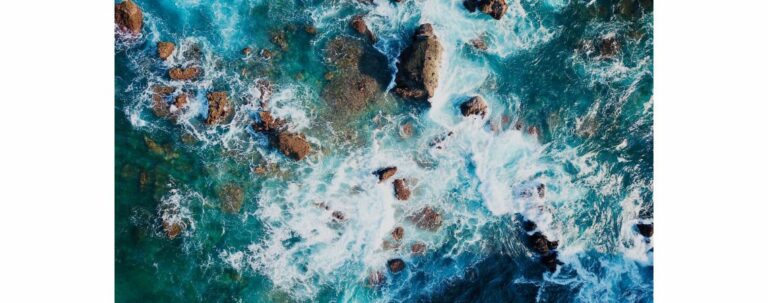Co-funded by ANR (France), CONACYT (Mexico), FAPESP and FACEPE (Brasil), NW0 (The Netherlands), the second “joint Sargassum Call for Projects: Causes of Sargassum Blooms” will be launched in September 2021.
Prior to 2010, Sargassum brown algae bloomed only in the tropical North Atlantic, in the Sargasso Sea. Currently, it has been observed off the Brazilian coast, as far as the Mexican coast and throughout the Caribbean Sea. At the same time, in the western Atlantic, it is flourishing on the African coasts, from Sierra Leone to Ghana, creating the Atlantic Sargassum Green Belt (ASGB) with some continuity between the eastern and western parts. Questions of the influence of climate change on changes in hydrodynamic conditions in the equatorial zone and possibly on changing wind and precipitation drift patterns are not elucidated in relation to the increase and geographic shift in ASGB.
In order to improve the management of Sargassum influxes, it is imperative to increase our knowledge of hydrodynamic conditions as a basis for developing a reliable understanding of the causes of occurrence and their inter-annual variability in order to better predict the years of high Sargassum bank flotsam conditions. These requirements are the focus of this joint call, which focuses on 3 themes:
- Construction of a common data set to feed the different hydrodynamic models ;
- Biological model of Sargassum for coupling ;
- Development of an integrative model coupling hydrodynamics and biology of Sargassum explaining the variability of Sargassum events;
This call for projects aims to provide pragmatic solutions to the sargassum stranding and enrich the knowledge on this phenomenon that affects more particularly the islands of the Caribbean.
It will be supported by the National Research Agency, the National Council of Science and Technology of Mexico (CONACYT), the Brazilian regional agencies of the state of Sao Paulo and Pernambuco (FAPESP and FACEPE), as well as the Dutch Research Council (NW0), for the funding of research consortia.
More info:
FAPESP: https://fapesp.br/en
FACEPE: http://www.facepe.br/

